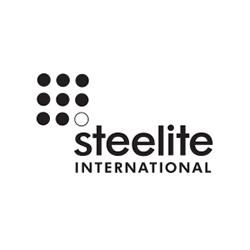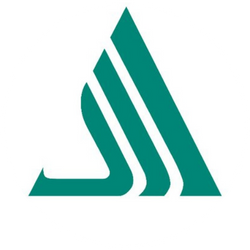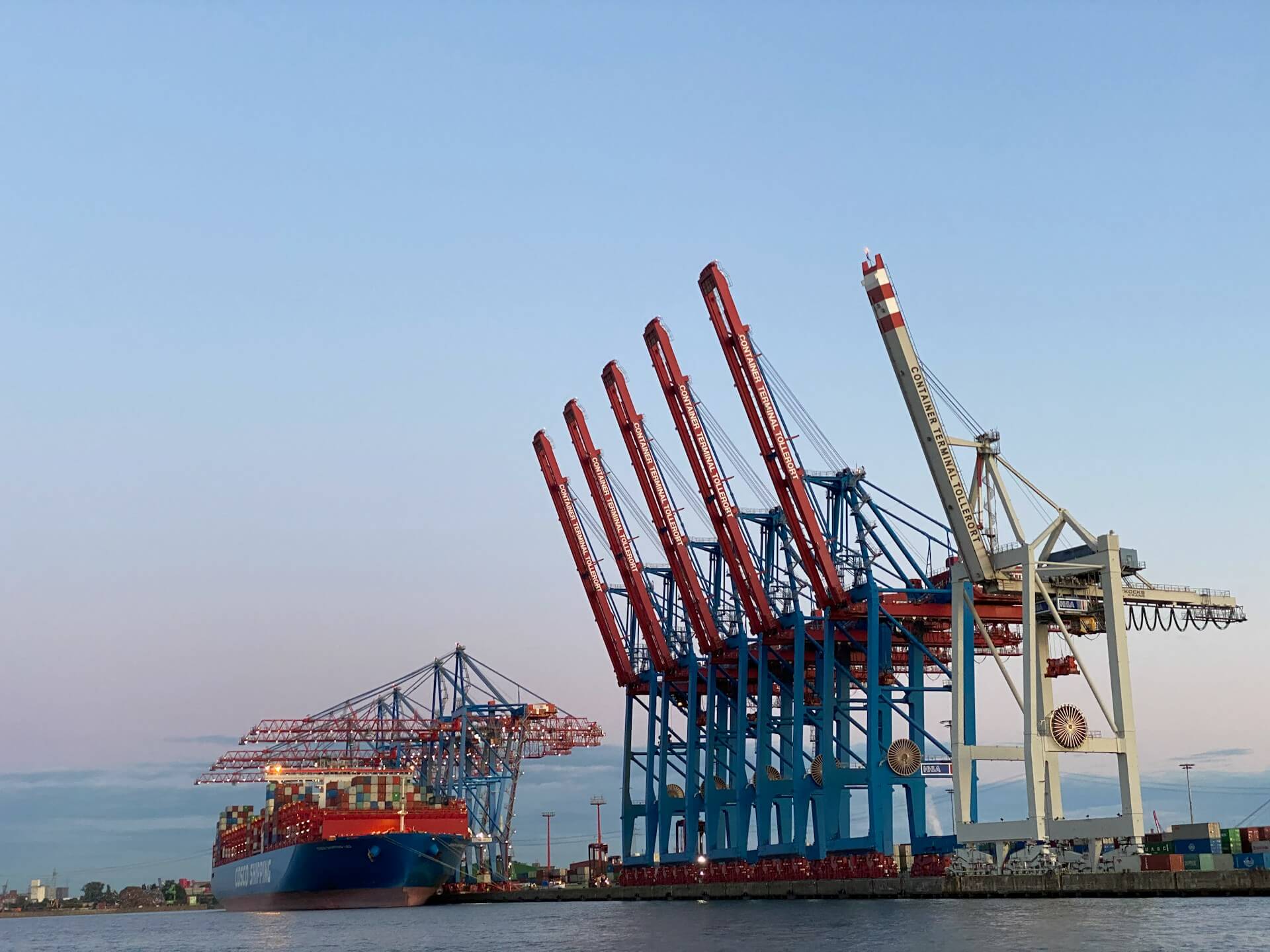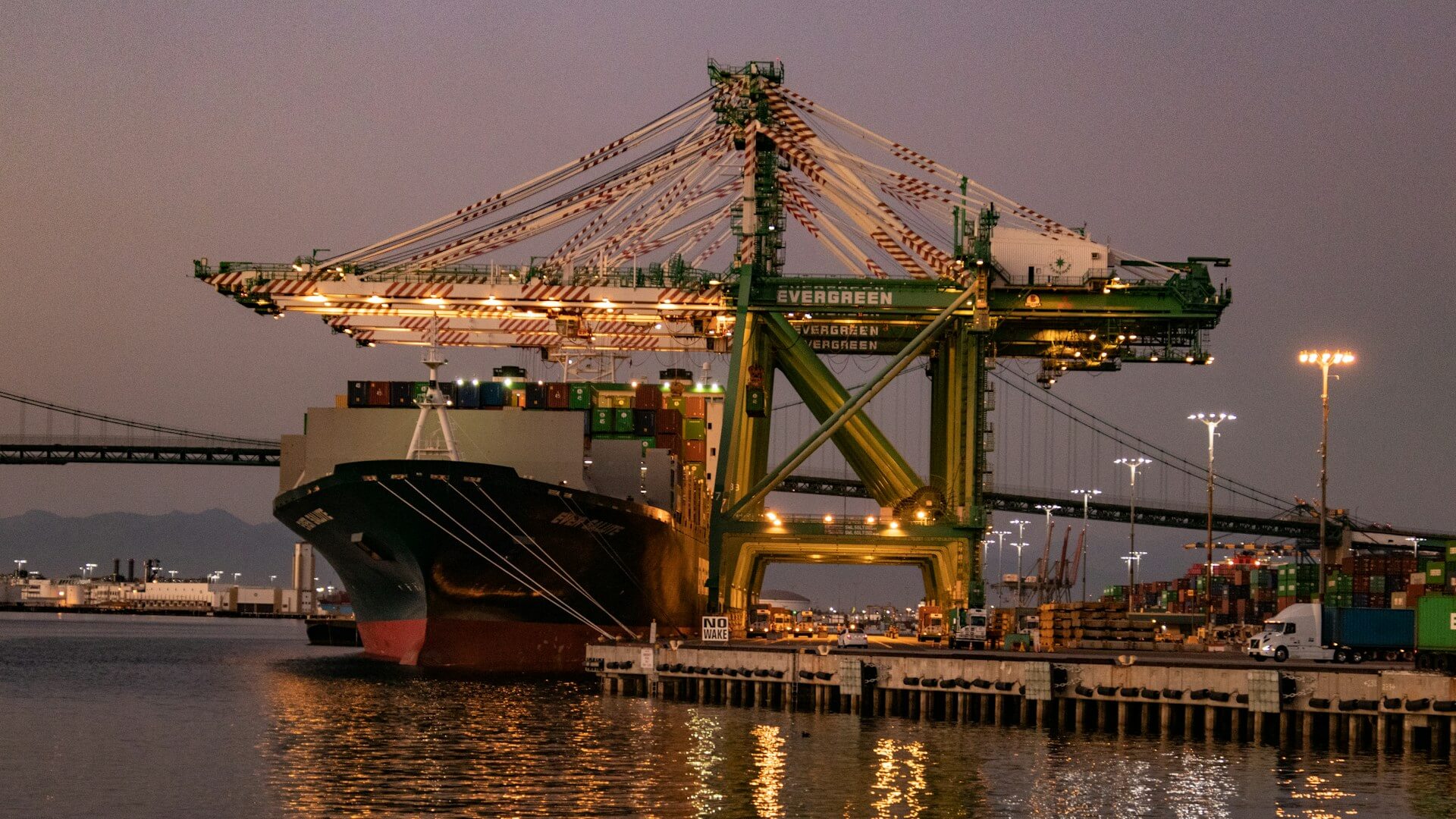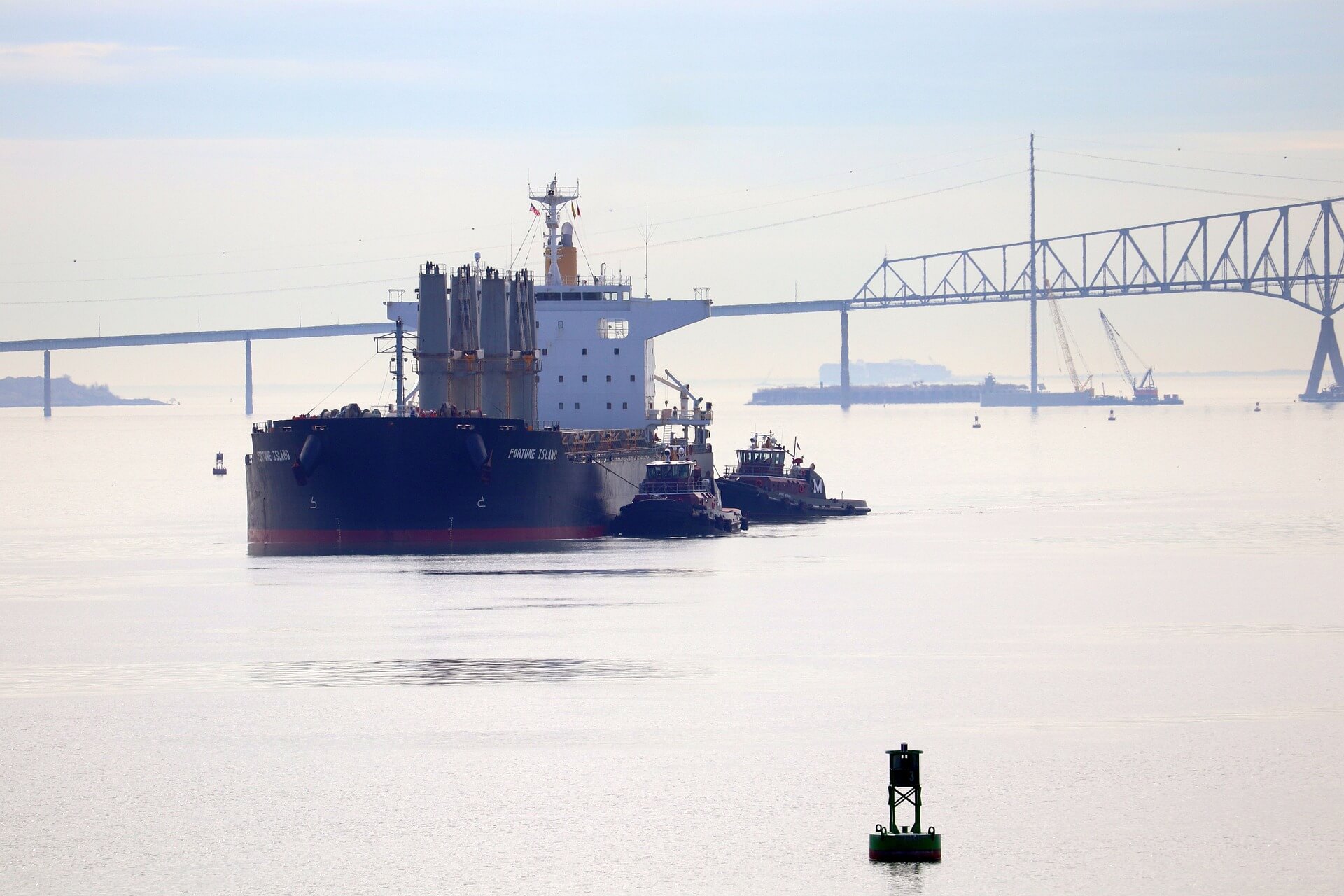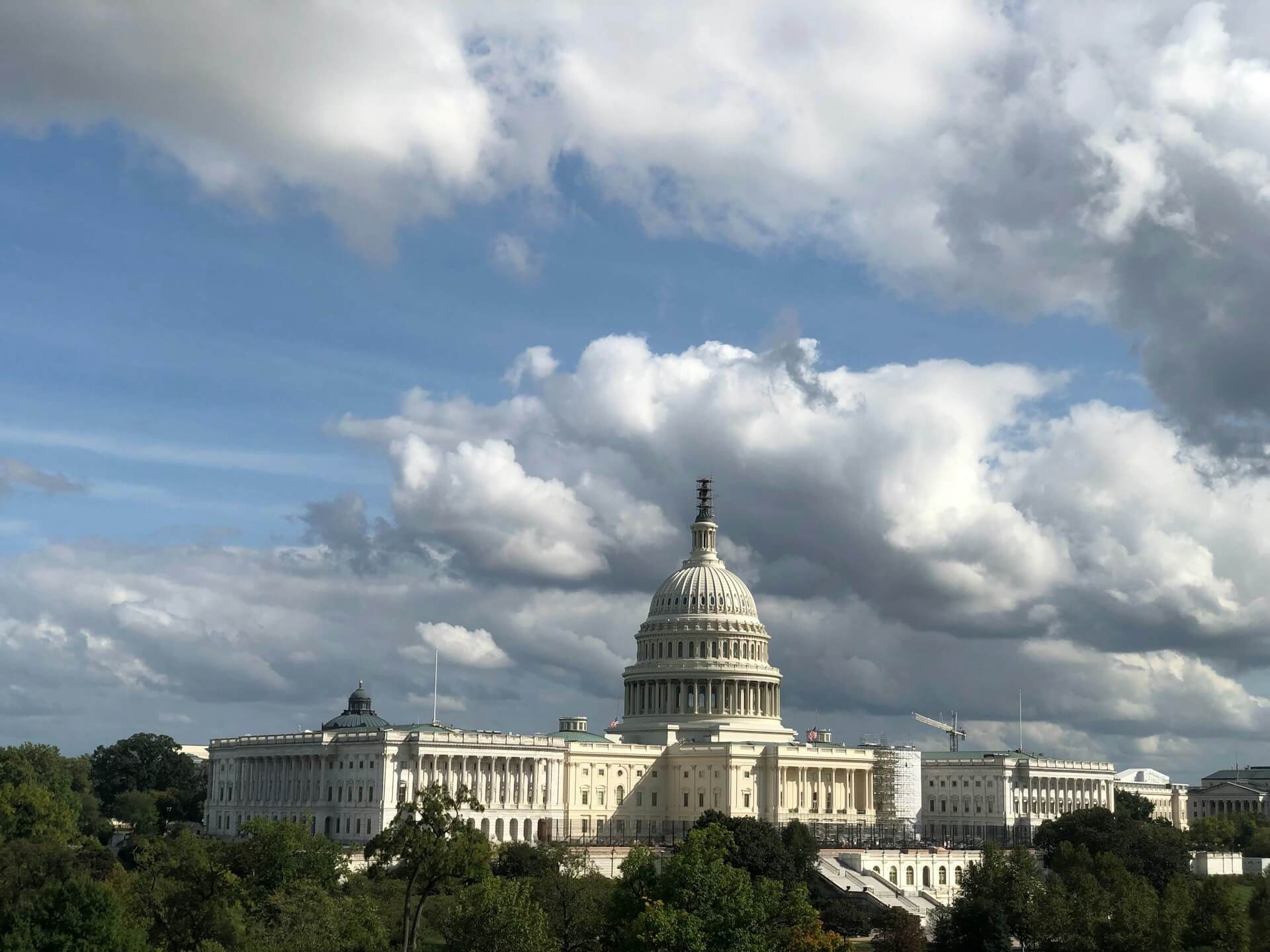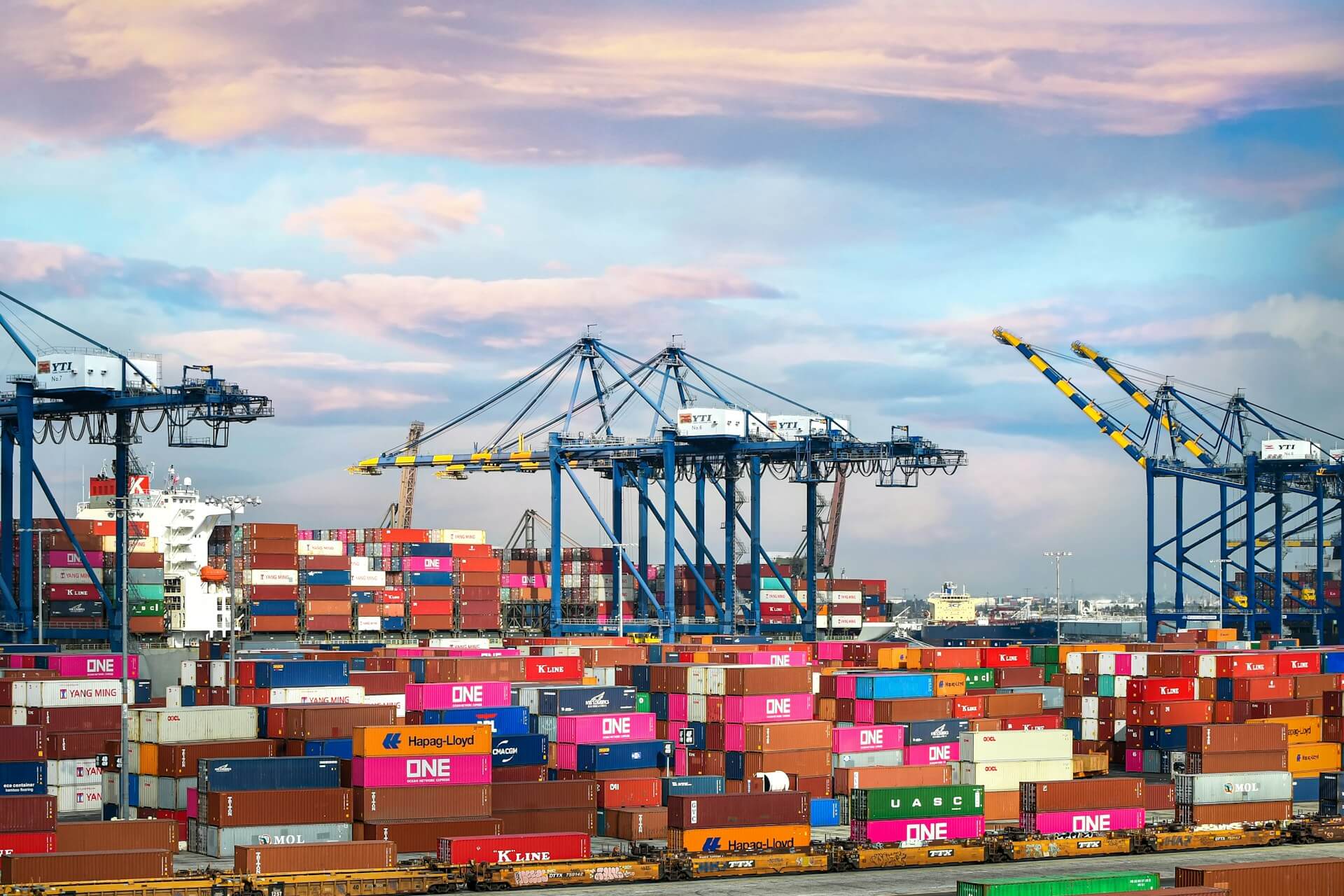This week:
The US and UK strike a deal for aluminum and steel imports, high fuel prices continue to affect ocean carrier rates and inland cargo transport, FMC audit looks into carriers that have denied containers to US exporters, West Coast Asia imports at record lows while East and Gulf Coasts report record highs and congestion, and a new partnership between TRAC and AMC indicates growth in domestic chassis production to combat national supply shortage.
Tariffs To Be Dropped on Some Chinese Imports After Trump Trade War
The Biden Administration will begin reinstating tariff exclusions on 352 out of 549 Chinese import tariffs introduced by the Trump Administration as part of its trade war with China. The exclusions will remain in effect until the end of 2022. The decision will affect $360 billion worth of goods.
The Biden Administration has agreed to allow imports from food and textiles to machinery, electronics, and much more to bypass the stiff tariffs. This comes after complaints from multiple business groups that the government wasn’t doing enough to overcome the economic effects of the previous administration’s trade war.
The Trump Administration had granted exemptions from tariffs to a limited number of businesses importing electric motors, microscopes, forklifts, and more. However, these exemptions expired in 2020 and were not extended, leaving all importers to pay additional taxes on Chinese imports once again.
Business groups have also urged the government to provide more clarity and transparency regarding how they will achieve economic engagement between the US and China in the future.
Potential Supply Chain Effects if the USA Suspends Trade With Russia
On March 17, a new bill that will revoke both Russia’s and Belarus’ trading status with the USA due to the ongoing war in Ukraine passed the House of Representatives. If the bill is signed into law, it will mean that normal trade relations between the USA, Russia, and Belarus will cease. Russia and Belarus would be categorized as “non-favored trading partners” subject to all US trading tariffs, without exception.
Revoking Russia’s “most favored nation” trading status will allow the US to impose much broader sanctions on the entire Russian economy instead of targeting specific exports, companies, and individuals.
Without the World Trade Organization’s designation of most-favored-nation status, the US will be free to impose tariffs and other trade restrictions on the entire Russian economy. This could have a double effect on materials such as fertilizer imports, nickel, lead, iron, steel, and base metal imports. First, the price of Russian imports may increase due to the tariffs. Second, the increased competition as importers search for other options may push prices for these materials up elsewhere.
For example, the bill would introduce a 6.6 cent/kilogram tariff on nickel products and a 6% tariff on copper to Russian imports. Because nickel is so vital in the production of Li-ion batteries, auto manufacturers and the electric vehicle industry could see price increases, highlighting the importance of importers paying attention to where materials come from.
Very low-sulfur fuel oil (VLSFO) prices also fell from a March 9 high of $987 per metric ton to $895/mt by March 14, although still considerably higher than the pre-invasion price of $726/mt on February 23 and higher still than the 2021 high from October 26 of $617/mt.
High-sulfur fuel oil shows a similar price trend, reaching a high of $674/mt on March 9 that dropped slightly to $623/mt on March 14. Although Hapag-Lloyd CEO Rolf Habben Jansen has ruled out introducing emergency bunker recovery surcharges like in 2018, shippers will still feel the pressure of these higher fuel costs through traditional bunker adjustment factors (BAFs).
On-road diesel and gas prices have also jumped and stayed relatively high, affecting inland operations. Diesel fuel is up by more than $1.50 per gallon compared with last fall, rising to $5.25 per gallon on March 14 according to the US Energy Information Administration (EIA) from the $3.68 average for last October and November when most shippers wrote their 2022 budgets. The EIA’s statistics are used for calculating most rail and truckload surcharges, so these figures represent surcharge increases that shippers will face. If prices remain at their current levels, shippers can expect an average increase of 4-5% in fuel surcharge costs.
The effect of such high fuel prices is that shippers are more likely to avoid less-than-truckload options that favor speed. Instead, they will rely more on full-truckload options and intermodal rail to avoid fuel surcharges, even though intermodal rail fuel surcharges are also on the rise.
US Ports and Waterways To Receive $2.7 Billion in New Funding
Tuesday, March 29, saw the announcement of $2.7 billion in funding as an additional part of the government’s bipartisan infrastructure deal, bringing the total funding for ports and waterways to approximately $17 billion for FY2022 and FY2023.
The newly announced $2.7 billion will be given to projects run by the US Army Corps of Engineers, which will focus on deepening and widening shipping channels, flood risk reduction, and habitat restoration in hundreds of projects spanning the entire country.
The additional upgrades are part of a government initiative to prevent the congestion and supply chain disruptions seen through 2020, 2021, and the start of 2022. This announcement came just after the government released its 2023 fiscal budget of approximately $5.8 trillion, which includes more funds that will be allocated to building and upgrading highways, ports, and other types of supply chain infrastructure.
Shanghai Port Shutdowns Drive Forwarders To Consider Other Ports
Shanghai’s manufacturing and cargo transport took a dive last week as the entire city went into lockdown following China’s zero-COVID policy after positive cases continued to climb. The city is now experiencing the worst outbreak in China since the initial Wuhan outbreak at the start of the pandemic.
The tiered lockdowns started on March 28 in the city’s eastern side, encompassing the Pudong area where factories were suspended. Airport and container terminal transport was severely limited. Some shippers have recommended changing to Ningbo port while the lockdowns are in place to avoid major congestion and bottlenecks in the eastern parts of the city.
Although lockdowns were lifted on April 5, the high number of cases combined with the Chinese government’s goal of actively managing and removing COVID means shippers and forwarders should expect more lockdowns in the future if cases spike once more.
All of this comes in tandem with the fallout from Shenzhen lockdowns just a few weeks before, with many trucks and cargo shippers facing issues regarding moving cargo across province borders, which have affected delivery times and placed additional strain on the supply chain.
West Coast Ports Face a Rail Equipment Shortage Crisis
West Coast port managers and terminal operators have started to urge Class 1 railroads to increase their deployment of railcars and locomotive power in Los Angeles-Long Beach, Oakland, and Seattle-Tacoma. Spikes in demand indicate that the West Coast’s railways may experience a crisis similar to the summer of 2021.
While the coming months are expected to bring higher volumes of inland point intermodal (IPI) cargo, there are a few different reasons why the West Coast’s rail system is lagging. Rail companies are reportedly too slow to take railcars out of storage and put them into service to keep up with the increases in demand after the Lunar New Year dip.
Container dwell-on times at terminals are also increasing. In Los Angeles, containers should have a dwell-on time of three or fewer days to support fluidity and terminal traffic. However, the average time increased to 5.2 days in February compared with January’s 3.5-day average, with March dwell-on times becoming even worse. Some container terminals have had to prevent the discharge of empty containers to the railroads until they receive confirmation that they will receive railcars to transport cargo, increasing congestion further.
Even though the Lunar New Year brought a brief lull in demand, rail companies did not catch up during that time and have been facing increasing demand over the last three weeks.
The rail problems that started in southern California are now moving north to Oakland and the Northwest Seaport Alliance (NWSA) of Seattle and Tacoma. As inland hubs face more congestion and chassis shortages, Midwest warehouses face labor shortages that affect railcar load times, all of which heighten the problems seen on the West Coast.

